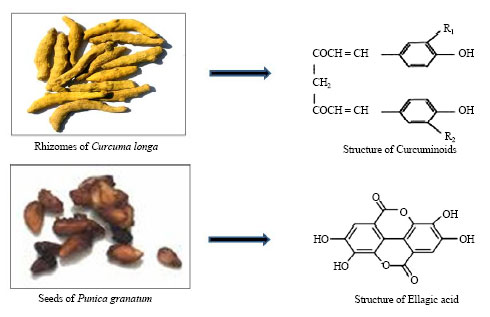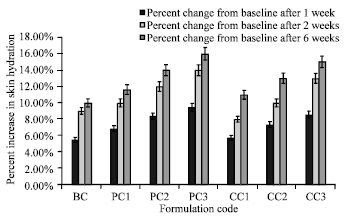Research Article
Development of Photoprotective Creams with Antioxidant Polyphenolic Herbal Extracts
University Institute of Pharmacy, Pt. Ravishankar Shukla University, Raipur (C.G.) 492010, India
Swarnlata Saraf
University Institute of Pharmacy, Pt. Ravishankar Shukla University, Raipur (C.G.) 492010, India














